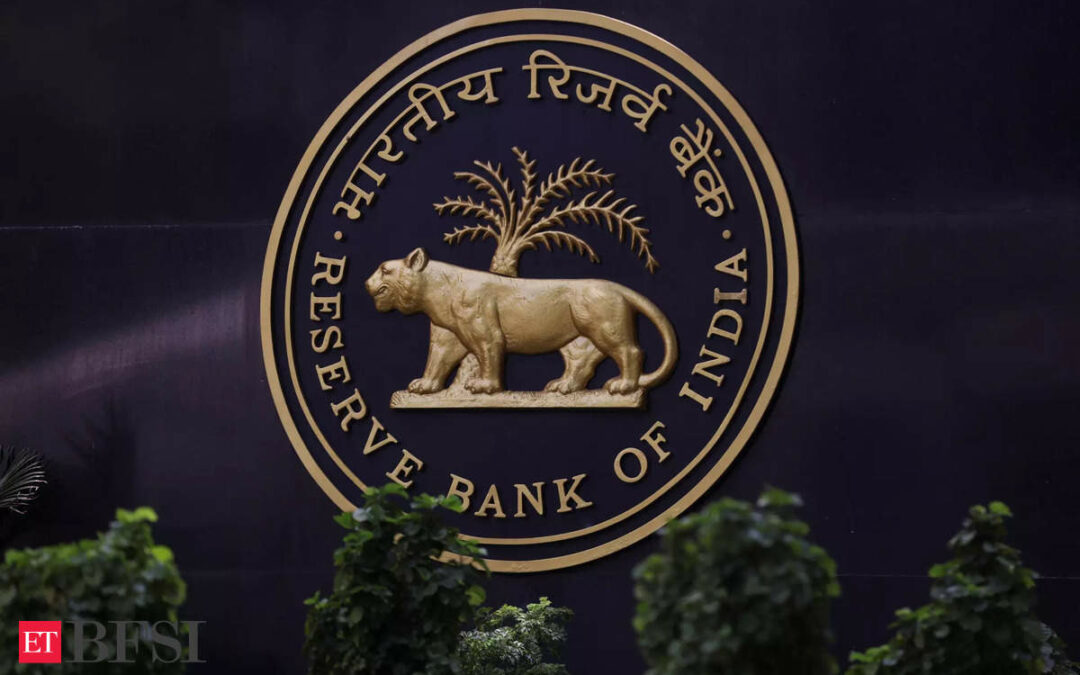The Reserve Bank of India (RBI) on Tuesday reviewed the norms, eligibility criteria and board oversights pertaining to the declaration of dividends by the banks.
The apex bank, as part of its latest release has asked the banks to consider divergence in classification and provisioning for Non-Performing Assets (NPAs), including its trend, as observed under supervisory findings of the Reserve Bank or National Bank for Agriculture while considering the proposal for declaration of dividends or remittance of profits.
The banks must also give due consideration to the auditors’ findings and Emphasis of Matter in the Audit report before declaring their dividends.
However, to be able declare their dividends the banks must adhere to the following criteria:
The RBI has said that the bank shall have met the applicable regulatory capital requirement for each of the last three financial years including the financial year for which the dividend is proposed.
As for the NPA parameter, the central bank has announced that the net NPA ratio shall be less than six per cent for the financial year for which the dividend is proposed.
It is to be noted that as per the new guidelines, eligible banks may pay dividend subject to the requirement that the proposed amount should include dividend on equity shares only.
Further, in case the net profit for the relevant period includes any exceptional and/or extra-ordinary profits/ income, or if the financial statements are qualified (including ‘emphasis of matter’) by the statutory auditor that indicates an overstatement of net profit, RBI has mandated that the same shall be reduced from net profit while determining the Dividend Payout Ratio.
Presently, all scheduled commercial banks (excluding regional rural banks) declare dividends under guidelines rolled out on May 4, 2005. Meanwhile, remittance of profit by foreign banks operating in India is implemented in pursuance to circular as issued November 6, 2003.
The new guidelines, as per RBI, shall be effective for declaration of dividends for the FY 2024-25 and onwards.










